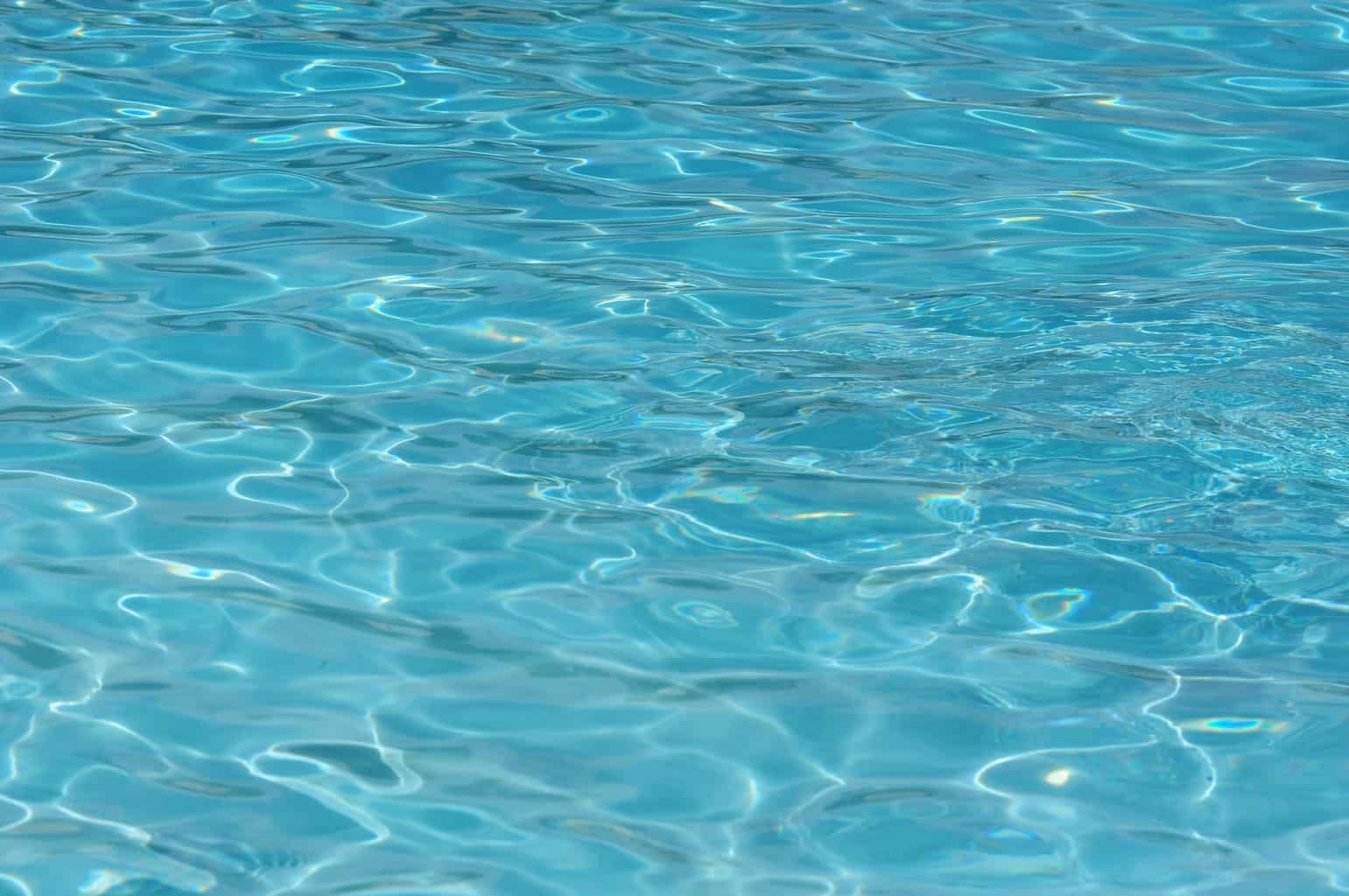If you live in South Florida or in any other area where there is water everywhere and a pool in almost every backyard, it is important to know what to do to prevent drowning accidents in your home.

If you have a swimming pool or spa in your own house, here are some safety measures you can take to prevent drowning in your property:
Install a Fence
You may have doubts on this point because you probably love the way that open space looks, particularly if you own an infinity pool that looks out over the ocean. However, it may be worth your time to ponder on the fact that over 27% of drownings among children 4 years old or younger take place in their own home or at the home of a relative, neighbour, or friend. Also, think that fences have proven to be the most effective deterrent against children falling into a pool inadvertently and drowning.
Here is what the proper pool fence should look like:
- It should be at least 4 feet high
- It should surround the pool
- Nothing should be placed next to it that could serve as a foothold for children to climb over it (this means no patio furniture or toys)
- It should not be a chain link fence
- Vertical slats should have no more than 4 inches between them
- The gate should be self-latching and open away from the pool area
- Lock the gate when the pool is not in use
Install an Alarm
It’s a well-known fact that drowning children are rarely heard. Alarming the door, fence, and pool cover will offer an additional layer of protection if there is one. And if there are windows that would offer an easy escape route into the backyard, alarm those as well.
Pool Covers

Pool covers may seem like the ideal solution since nobody can have access to the water. However, if the pool cover allows for a small child to crawl under it, the whole purpose of having one installed is lost. And if they are loosely installed, they may give a child a false sense of security and encourage them to walk across it to fetch a ball of any other toy.
Some Additional Recommendations for Parents
If your child will be visiting a home where you are not sure about the pool’s security, have them wear a life jacket. Go for one that is approved by the Coast Guard.
Invest in swimming lessons. These can begin when the child is barely a year old, and they focus mainly on learning how to survive if they accidentally fall in the water.
It is a good idea for you to take a CPR course and be informed about how to get emergency help. Keep life preservers by the pool for this purpose.
If a child is missing at some point, before checking bathrooms or under the bed, run outside and make sure they have not fallen into the pool.
As you know, drowning accidents happen when you least expect them. Keep your property secure and prepare yourself as much as possible to be ready to act in an emergency. You don’t want to be responsible for someone drowning in your own backyard.


